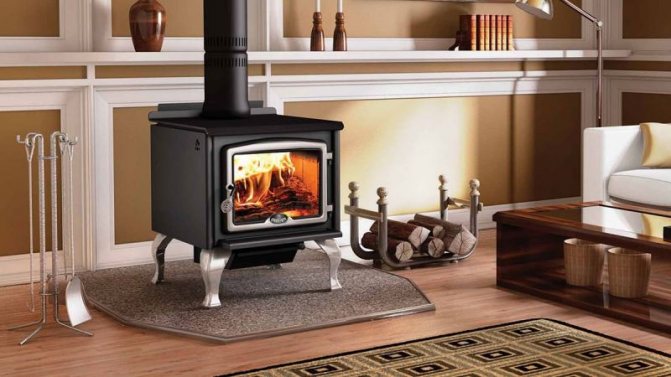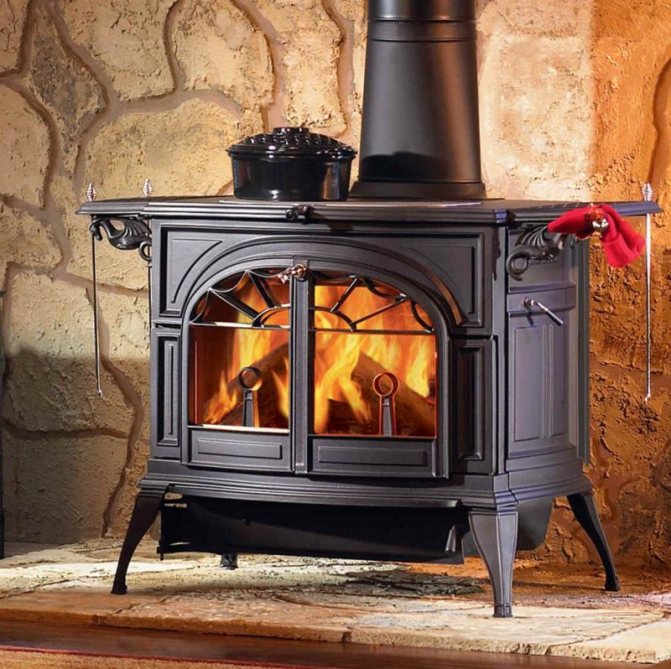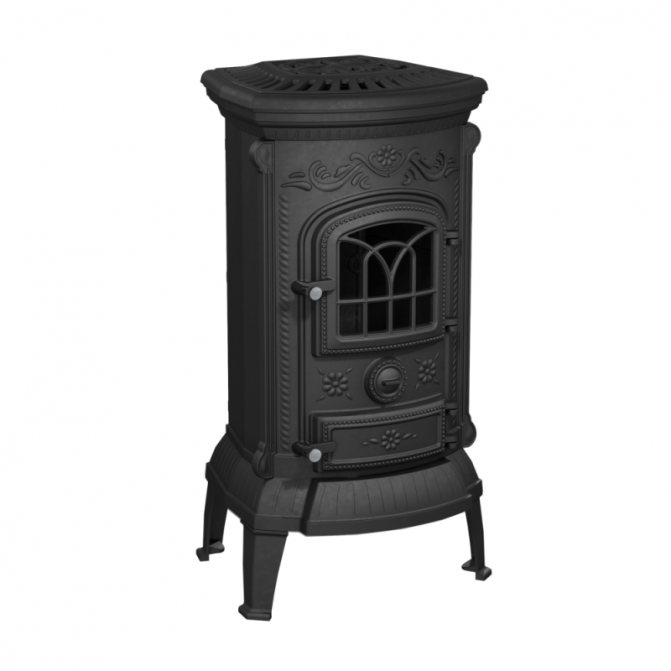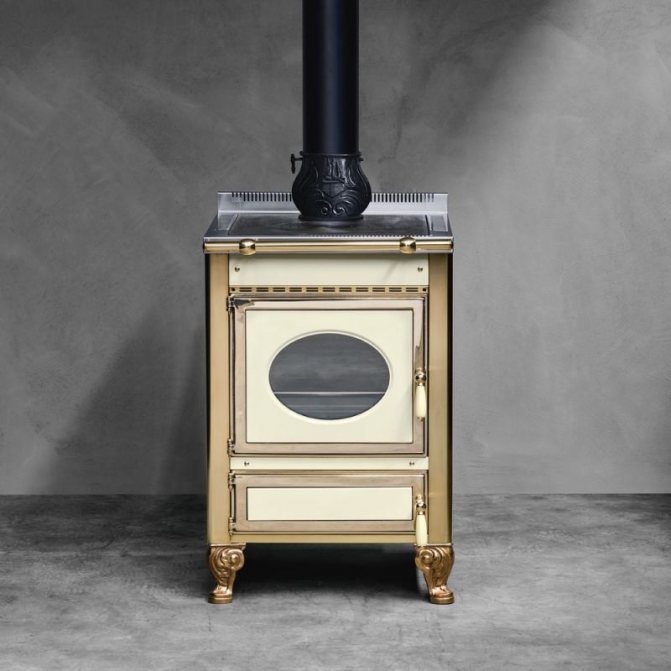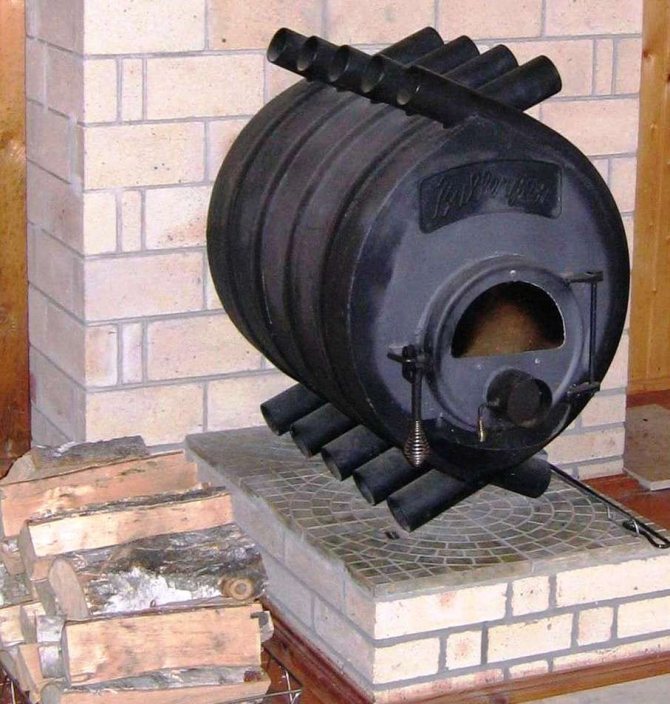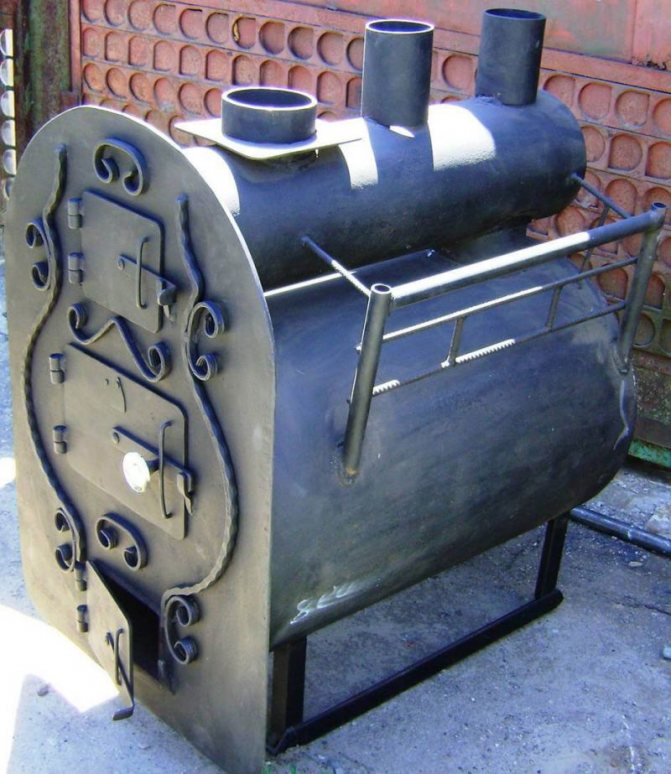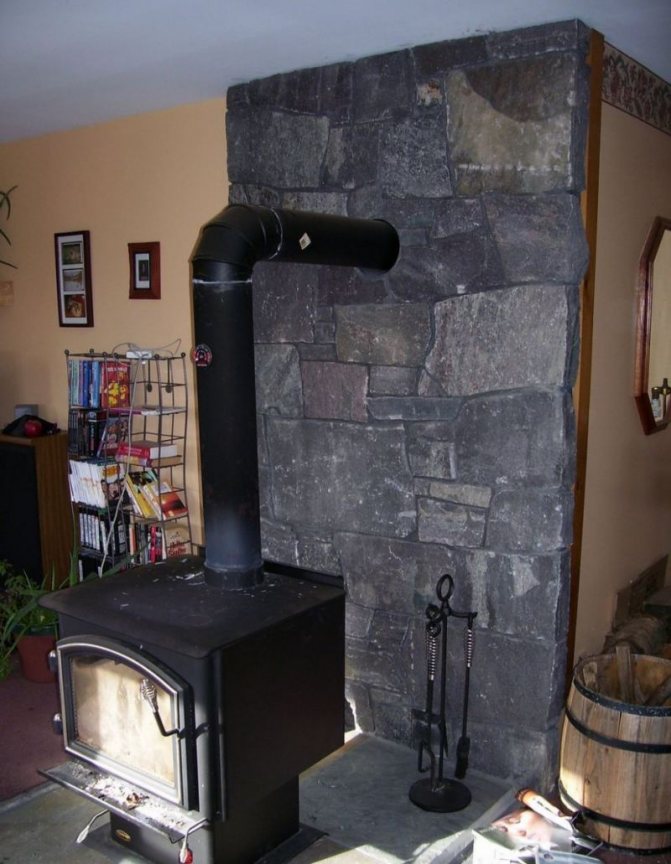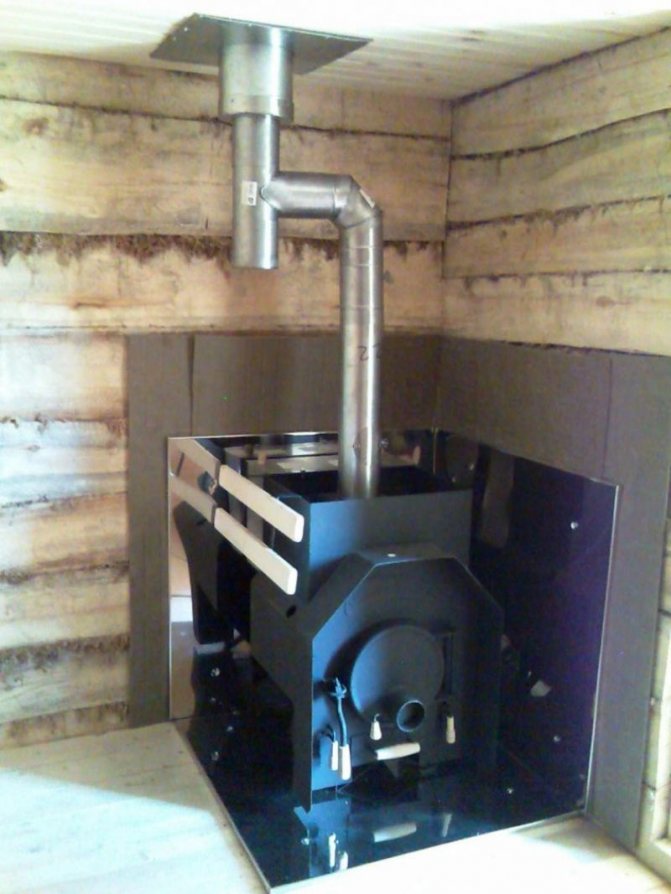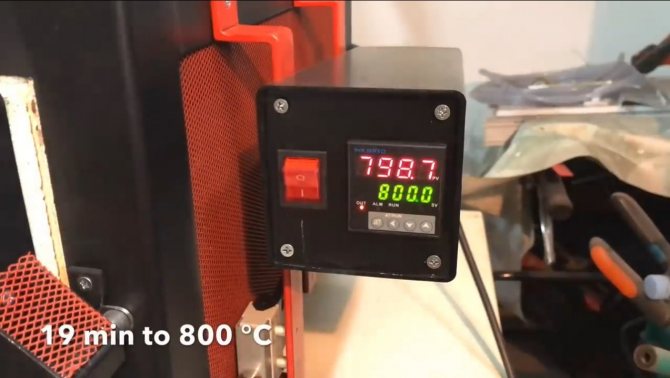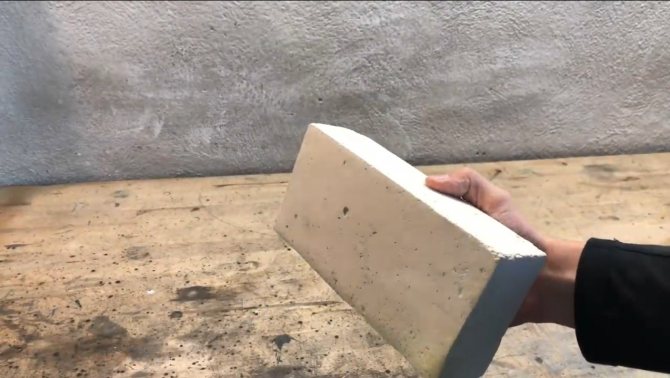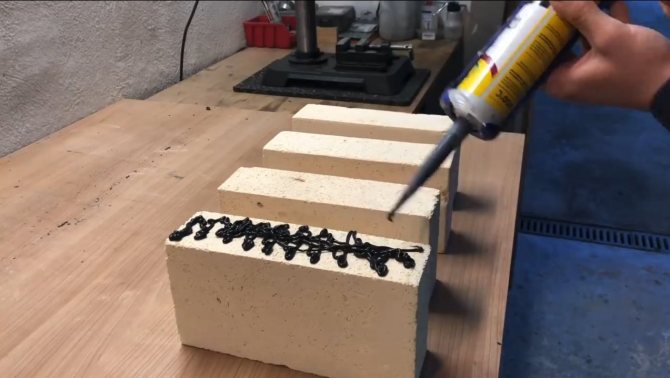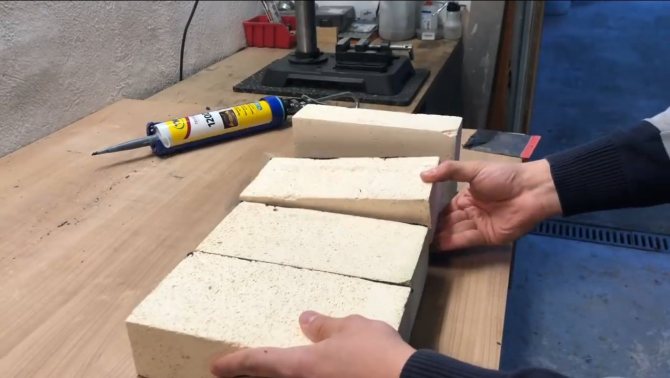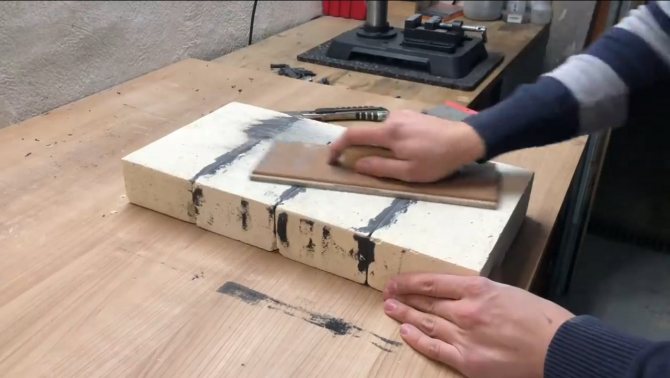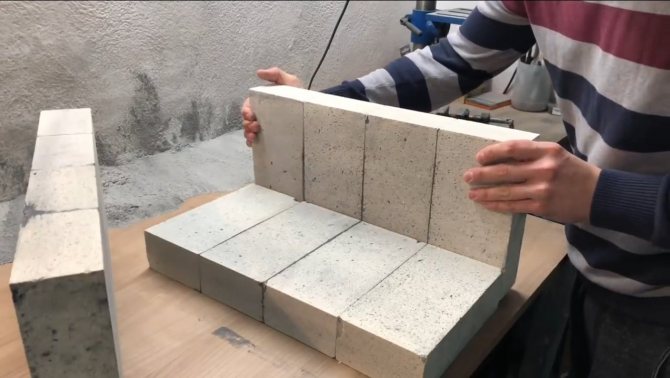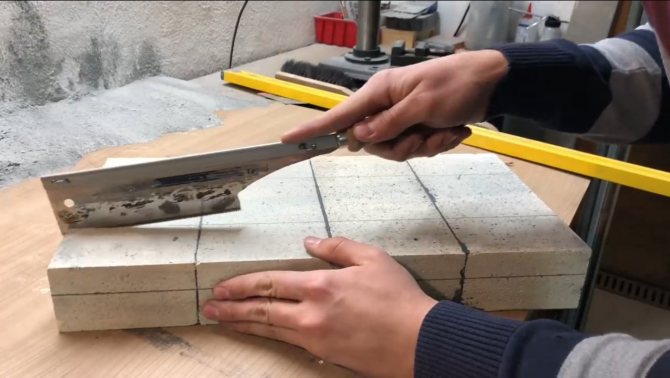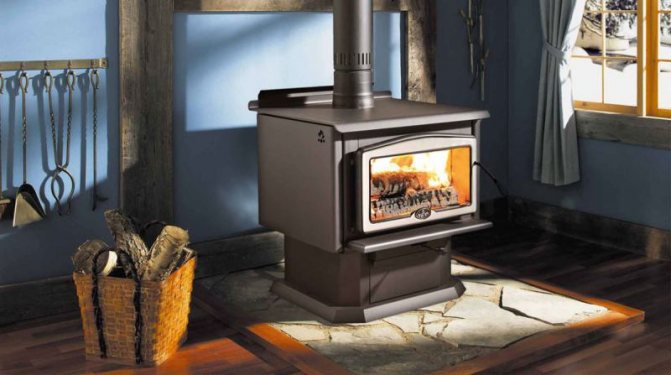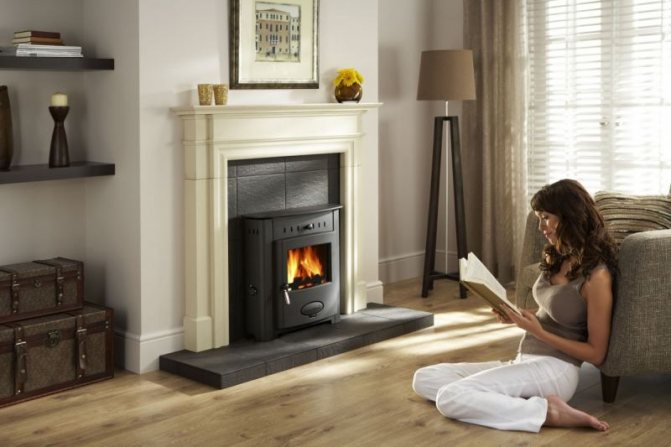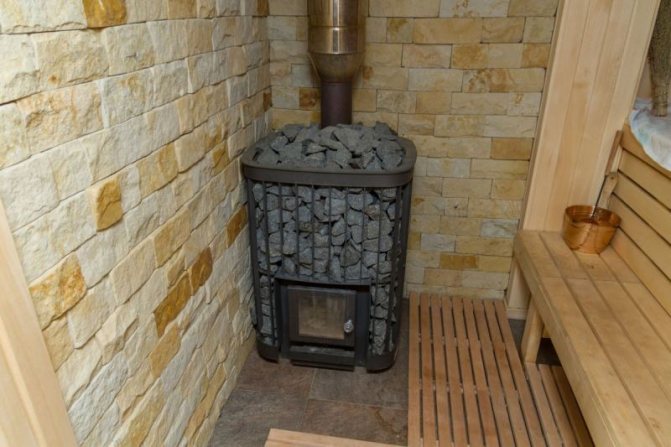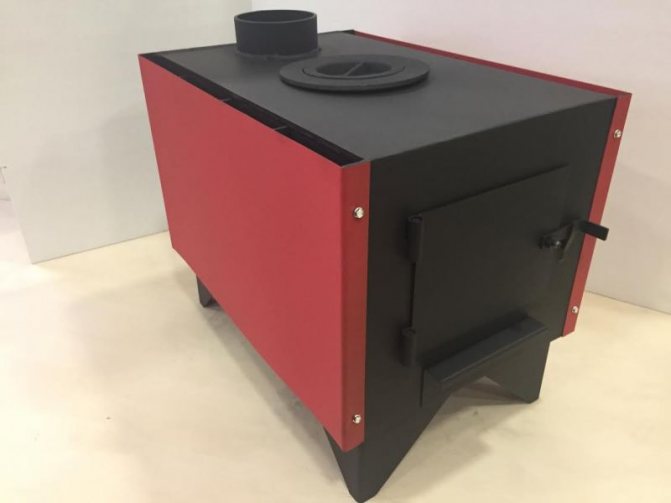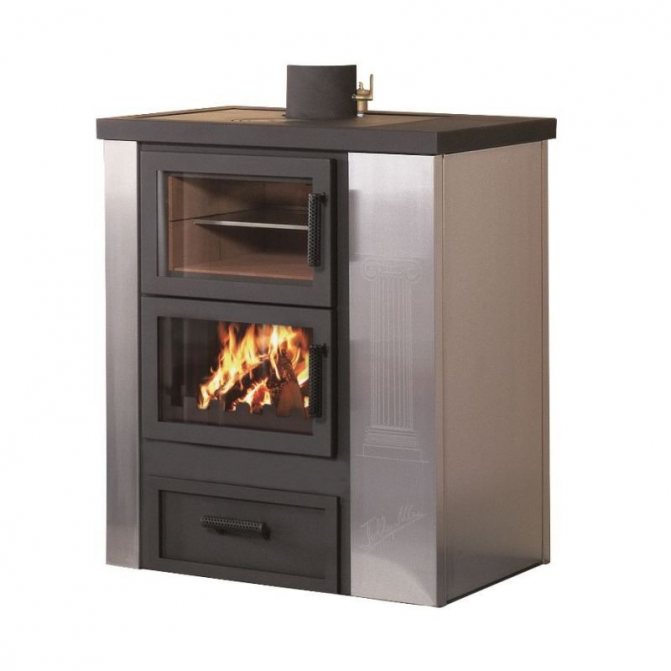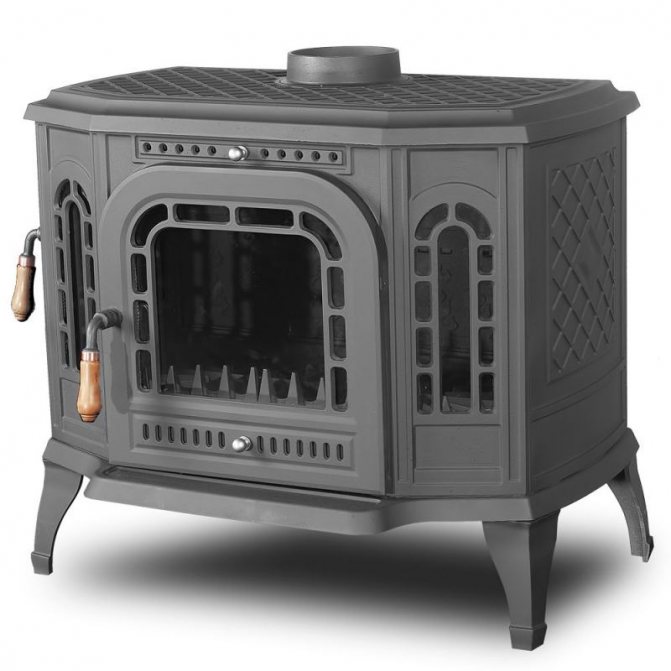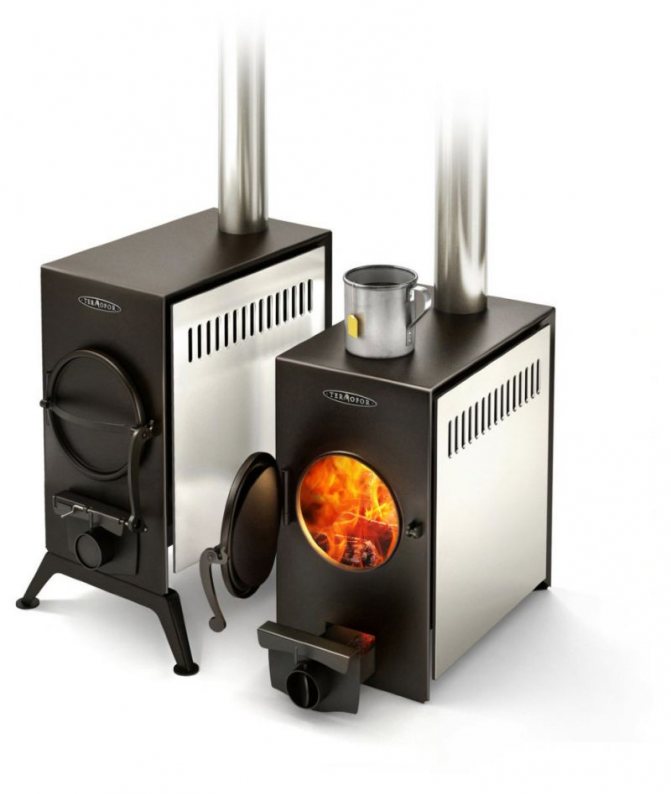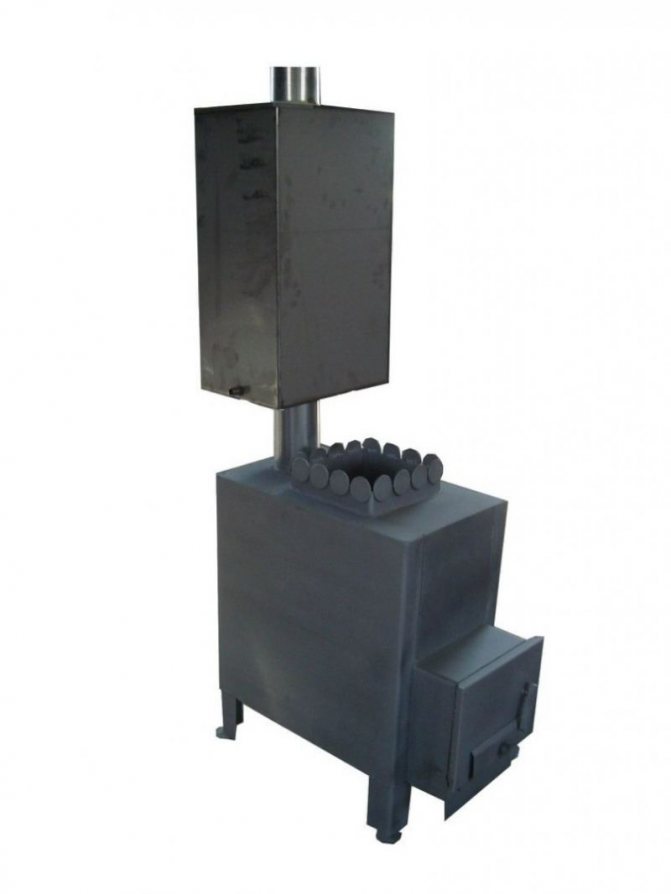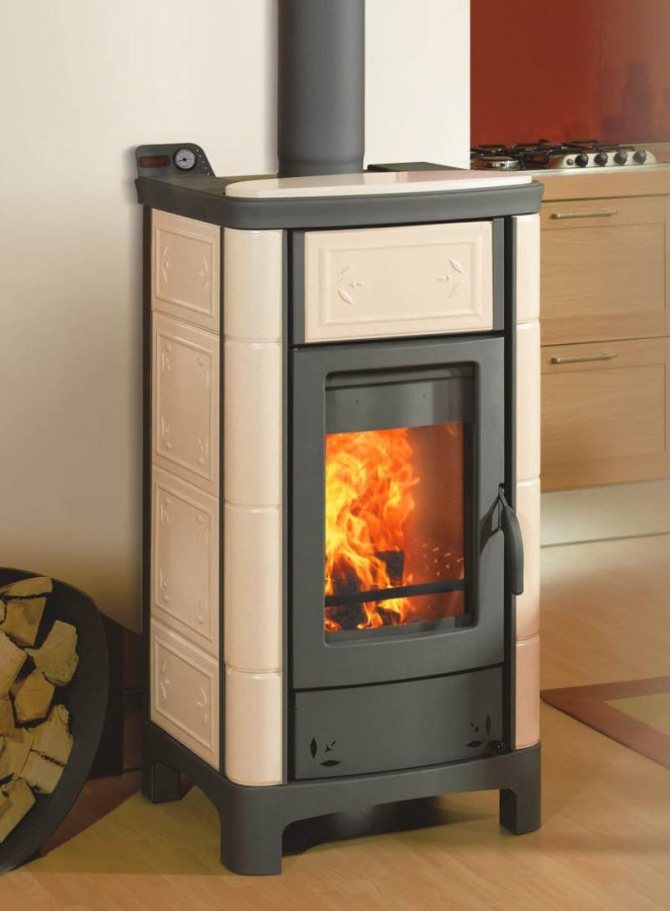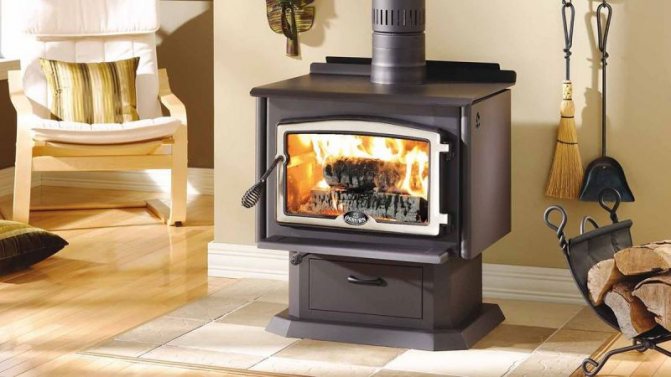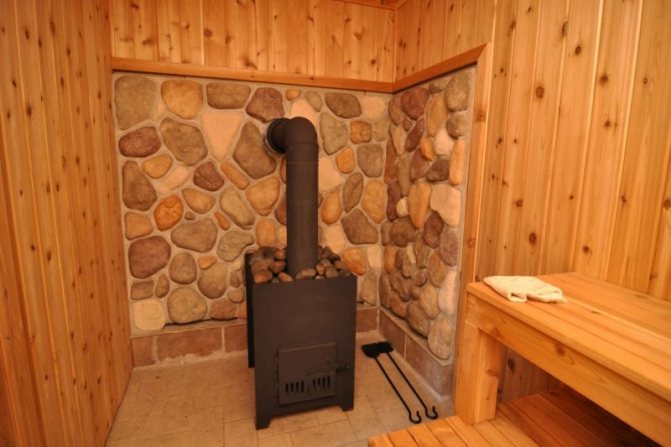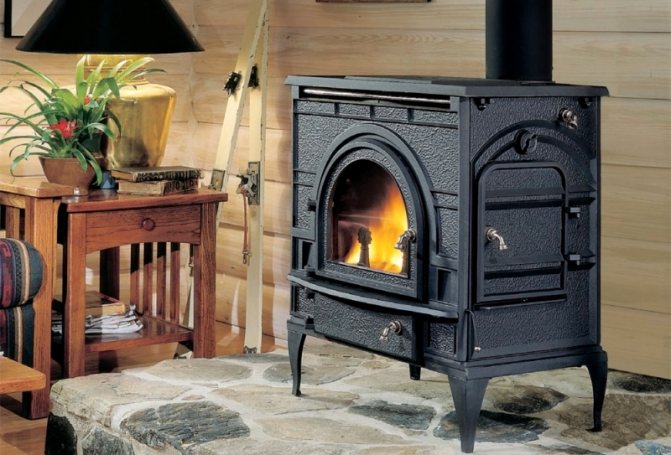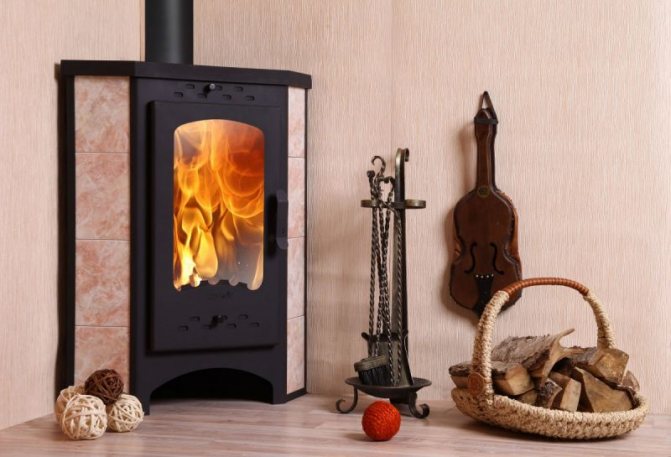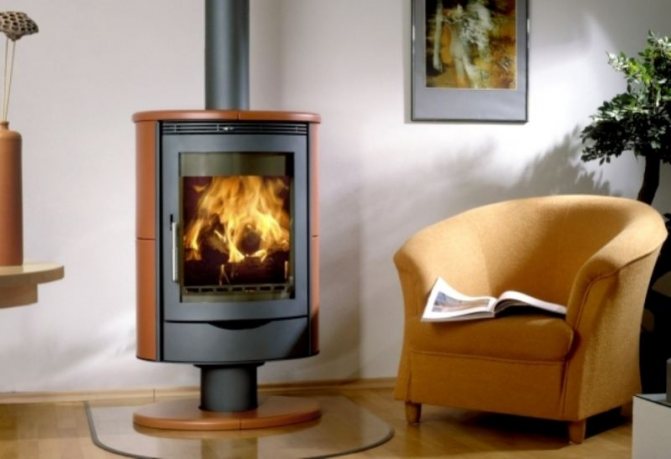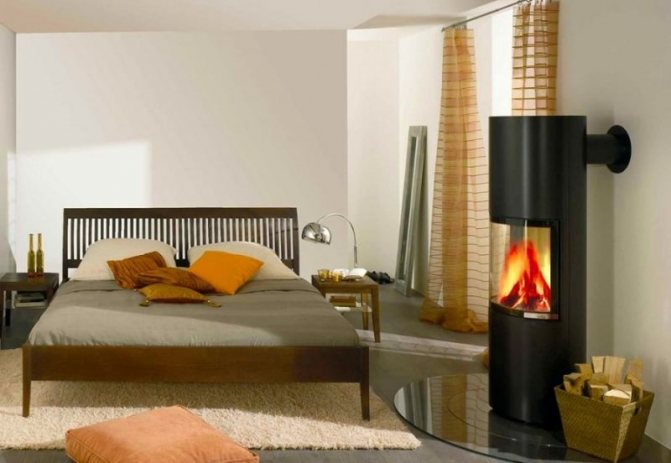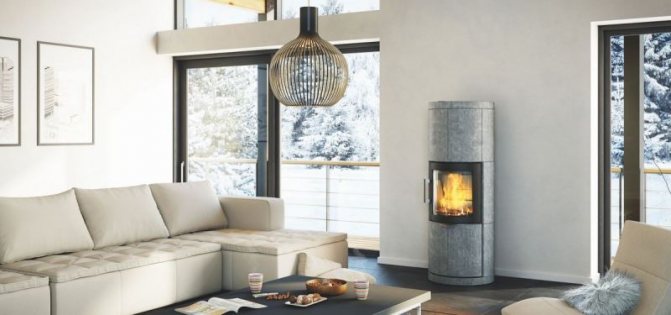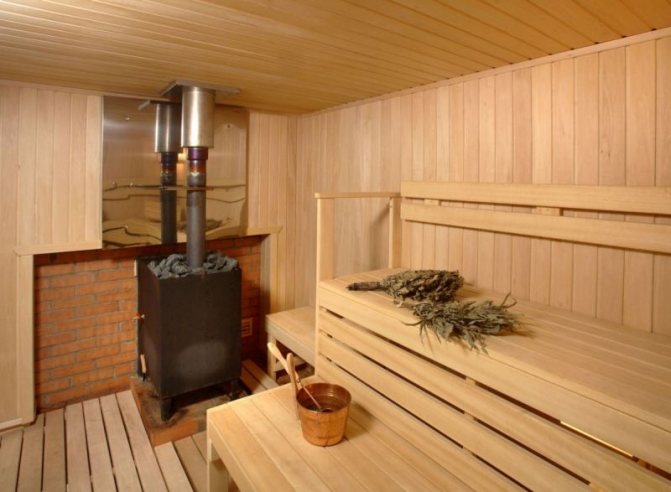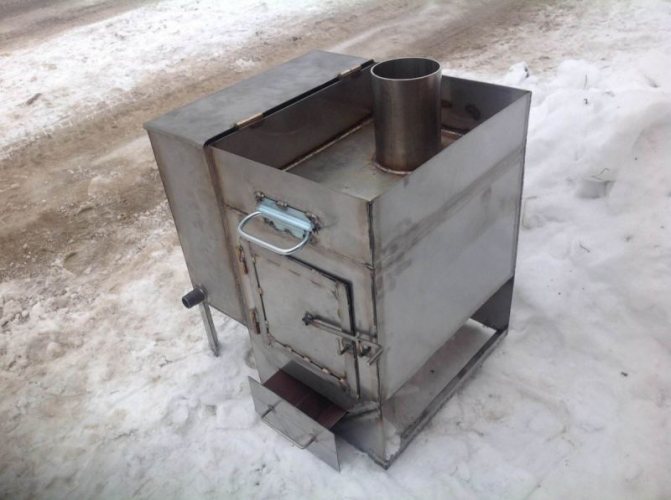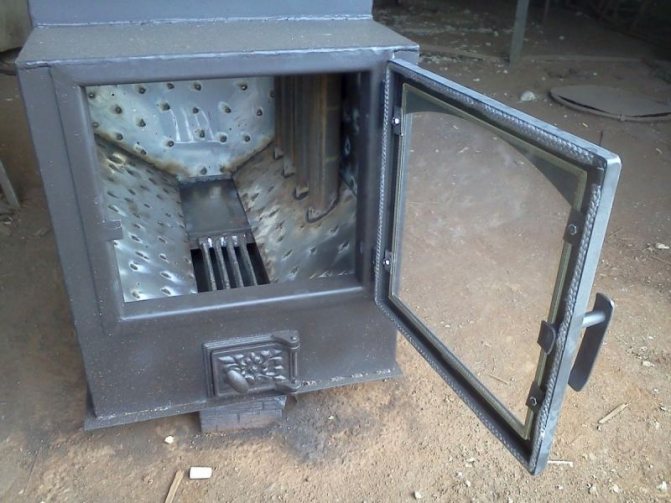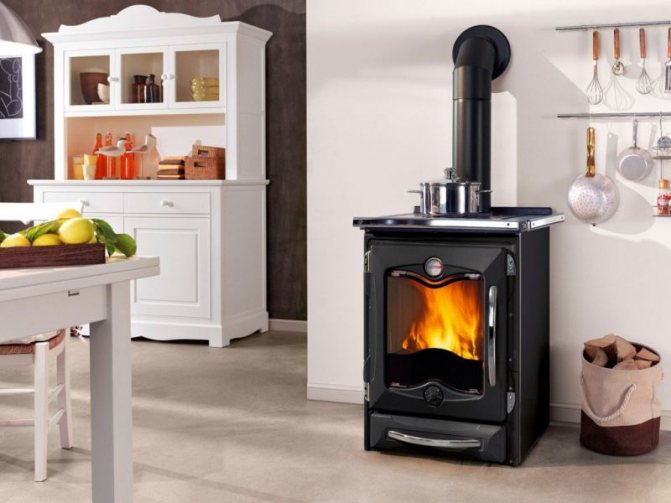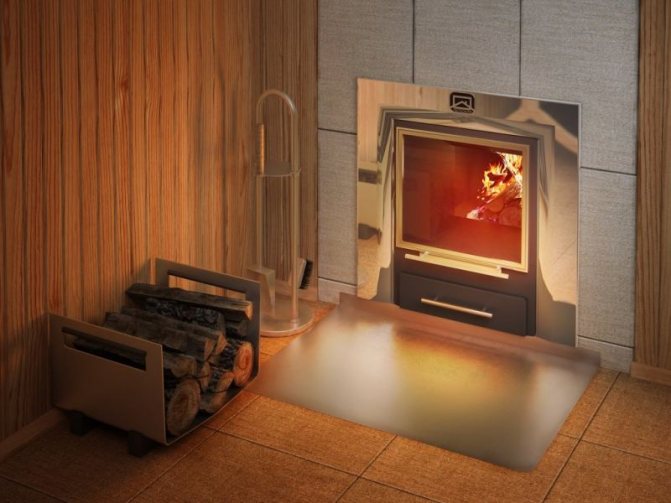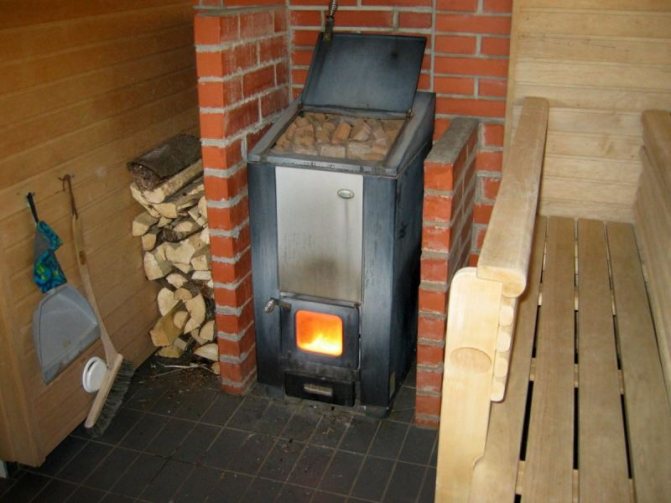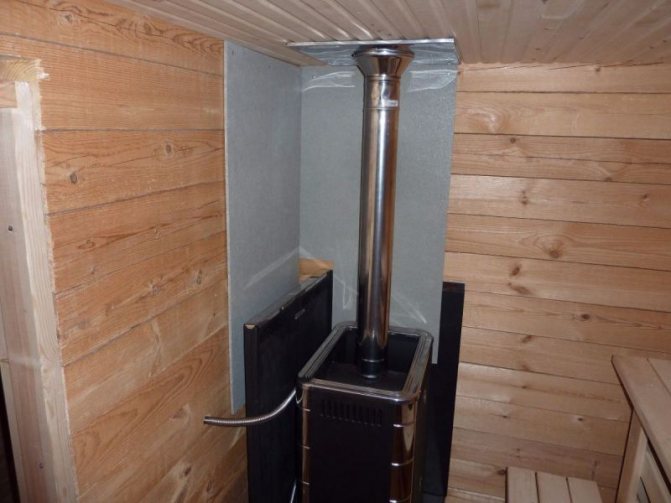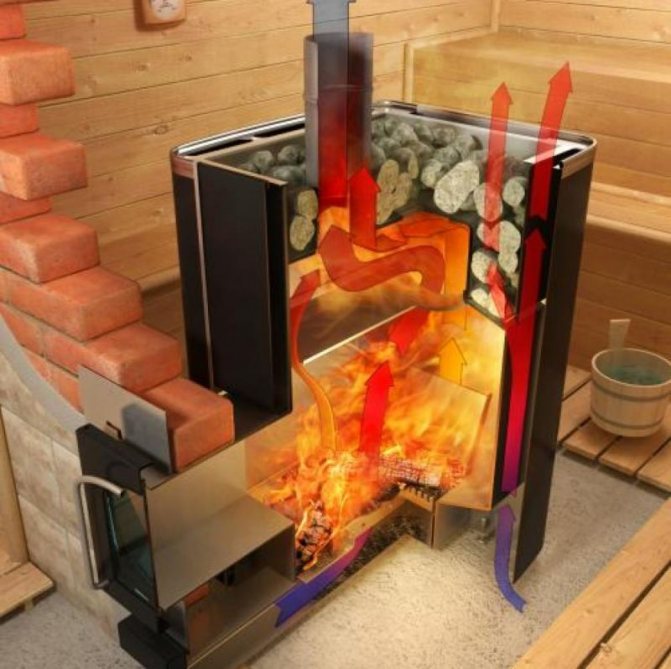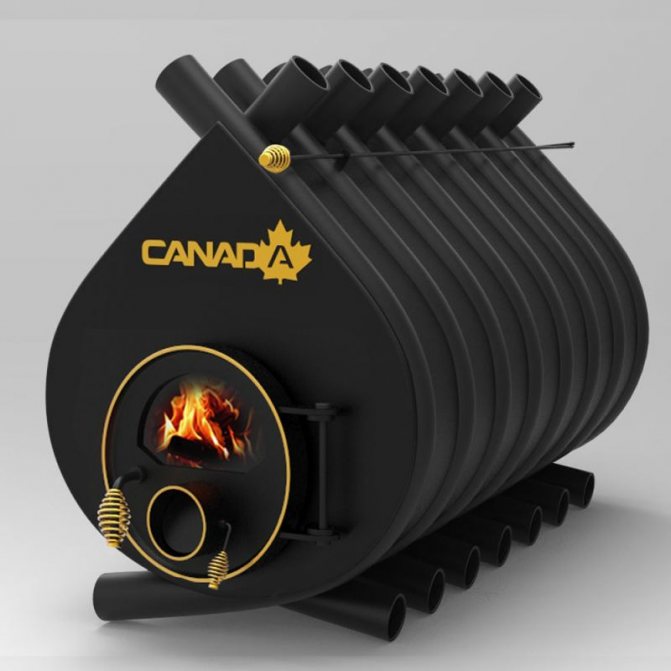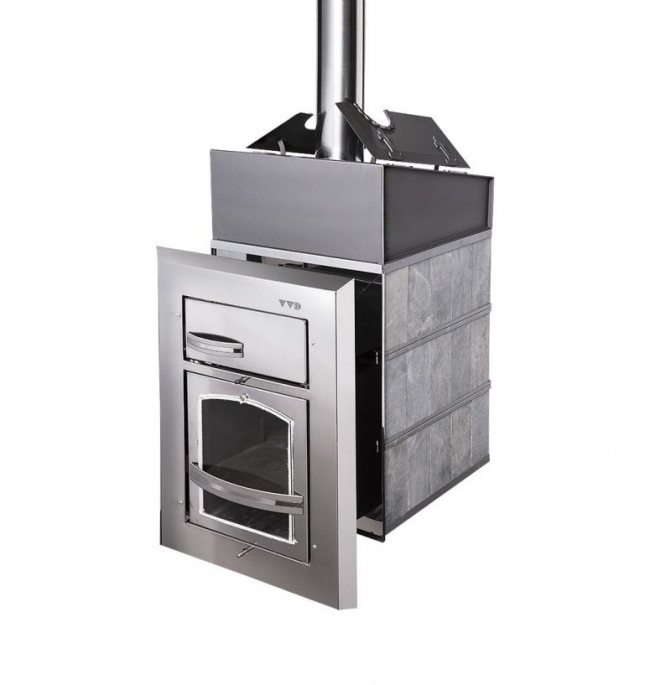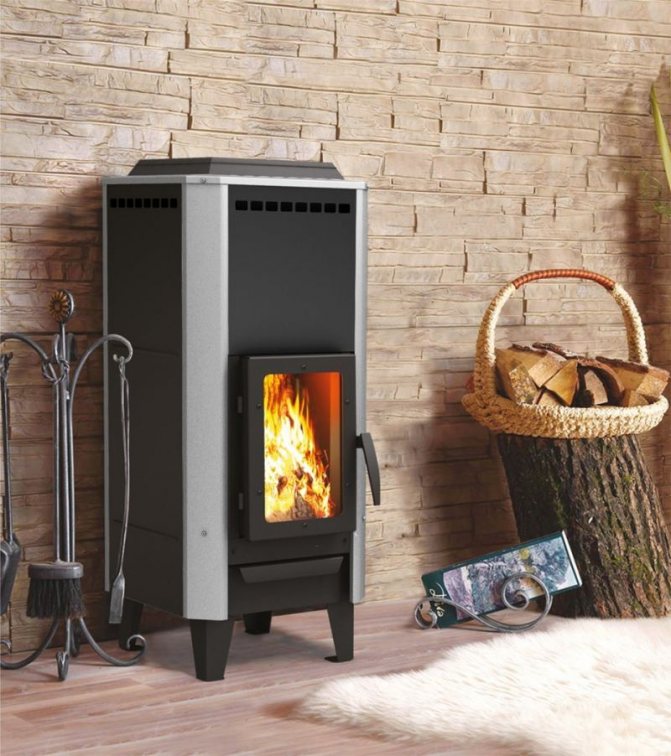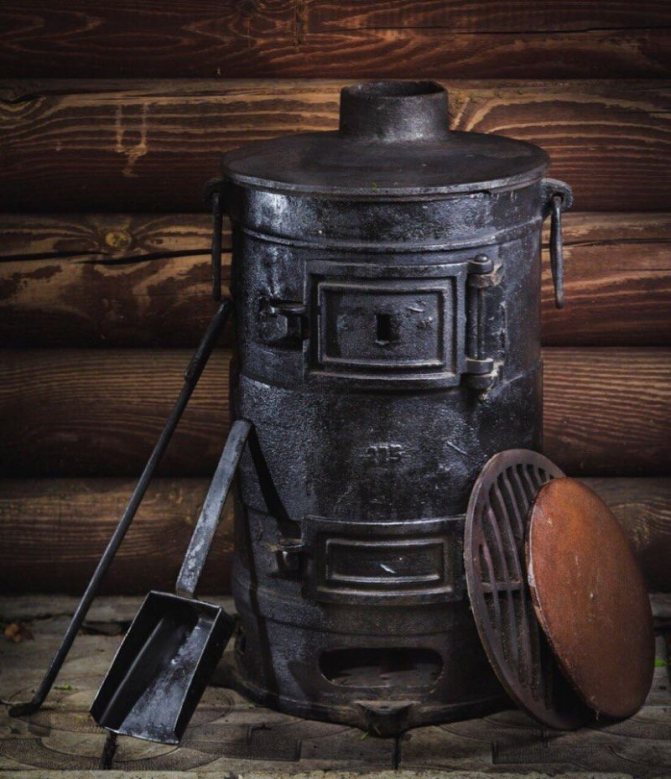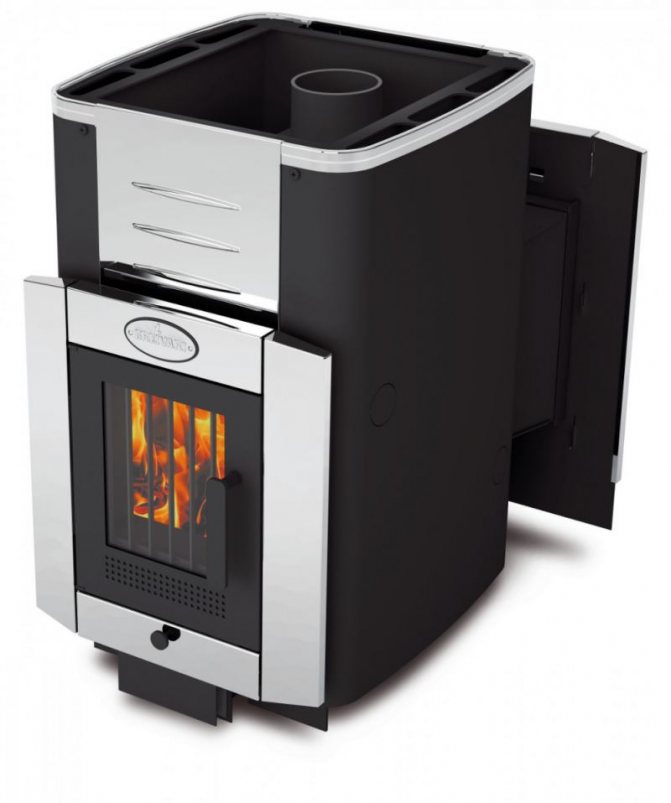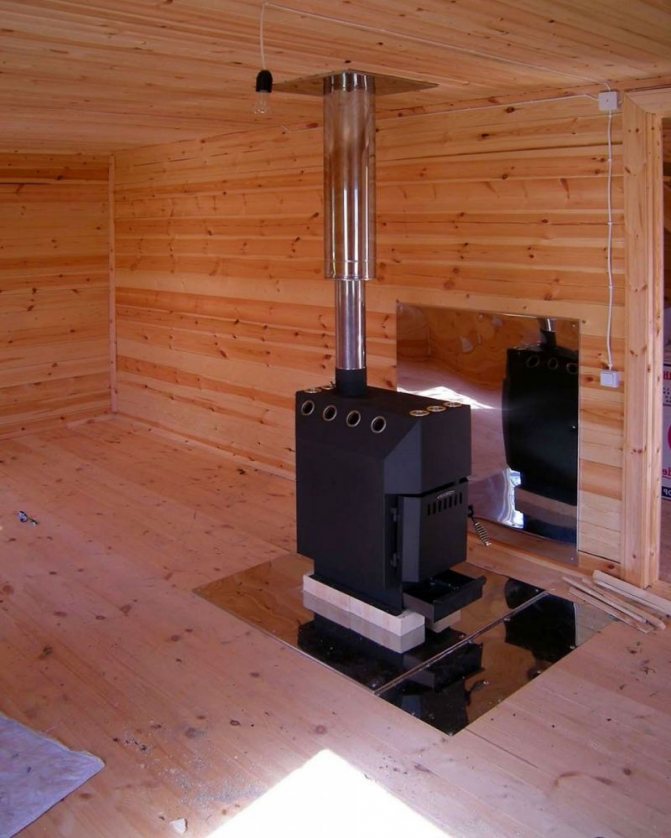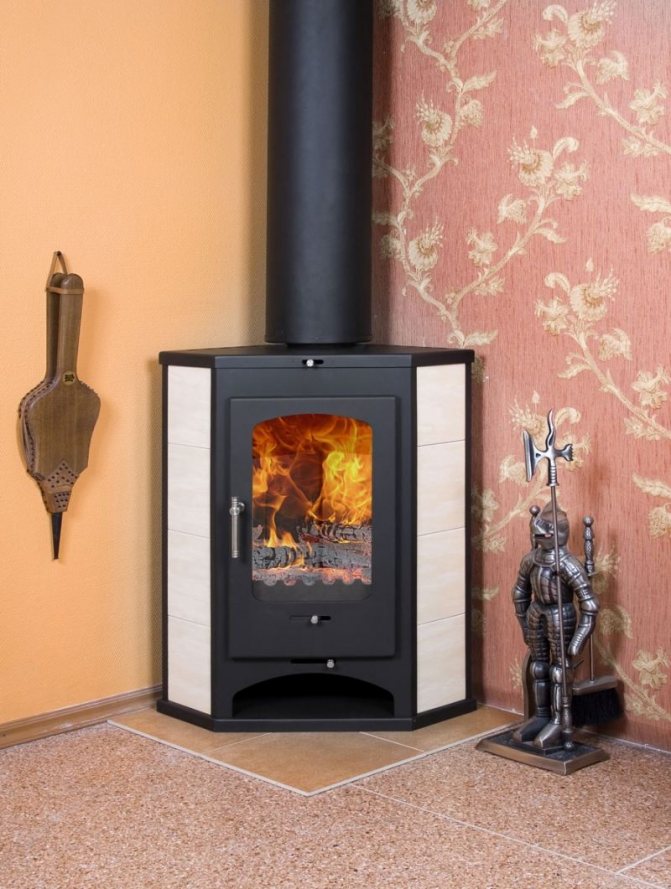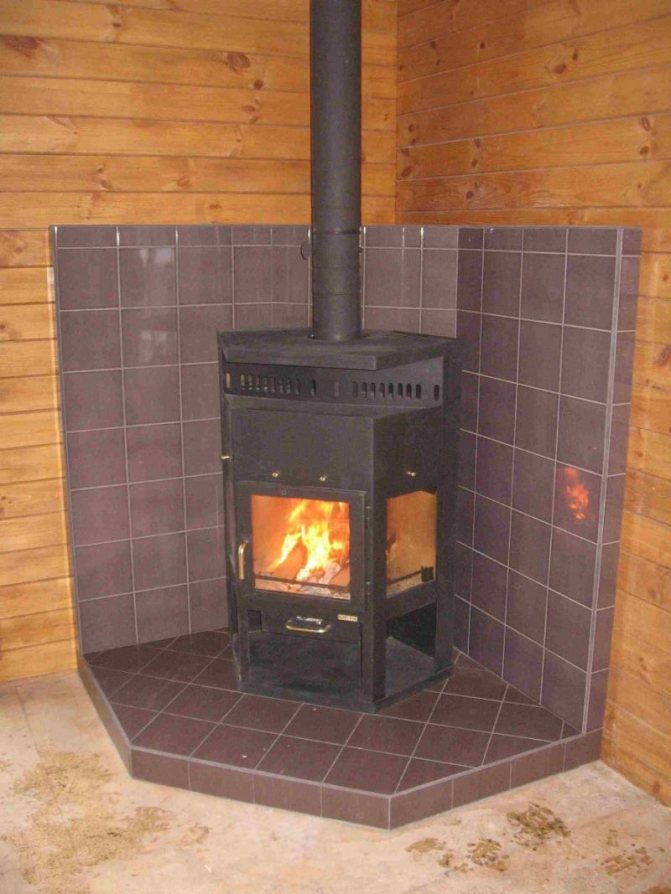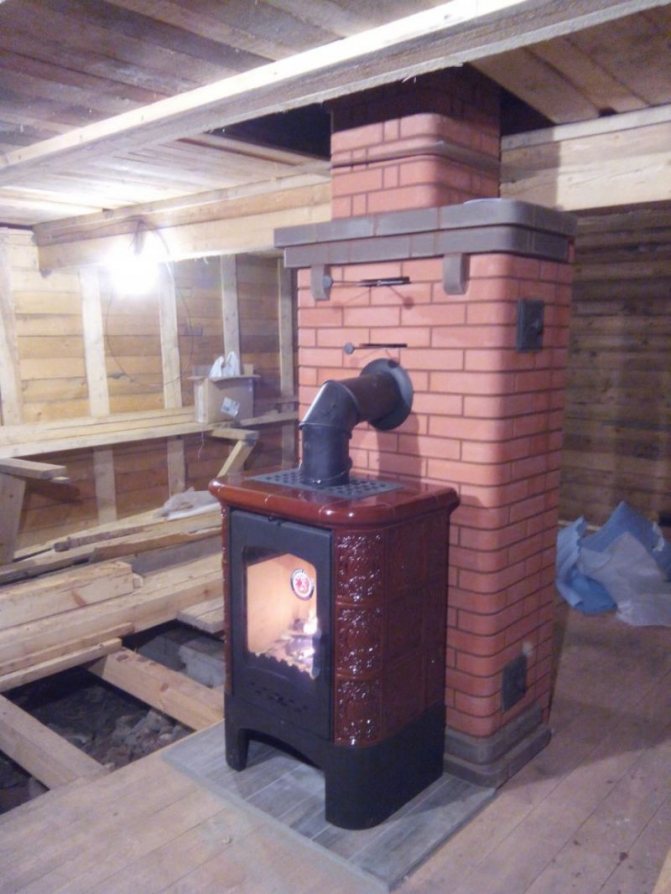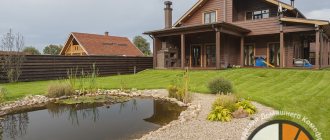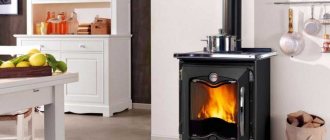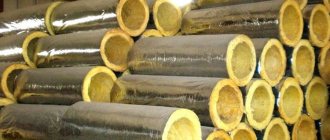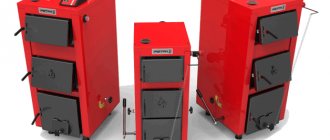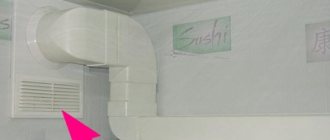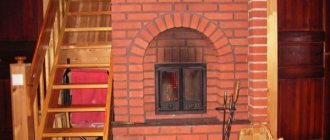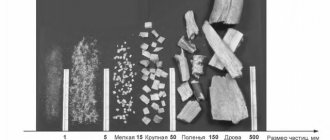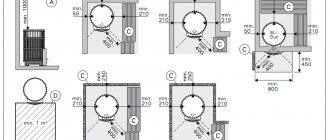A metal stove for a bathhouse, house, garage or outbuilding is the optimal solution for heating a room and, if necessary, cooking.
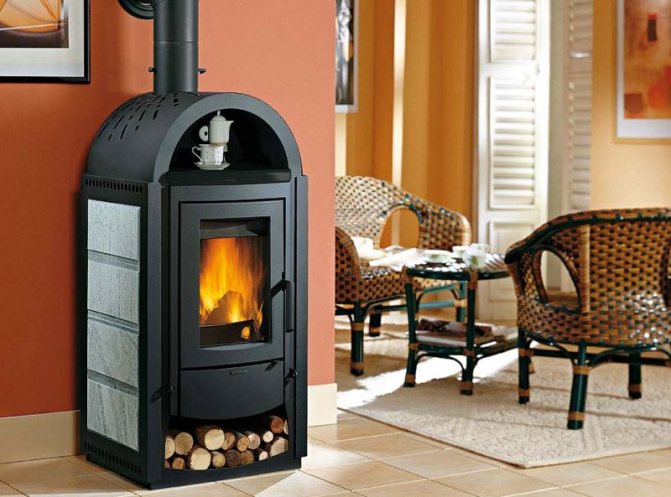
Metal has many advantages over brick. However, the material also has drawbacks that should be considered before buying or making it yourself.
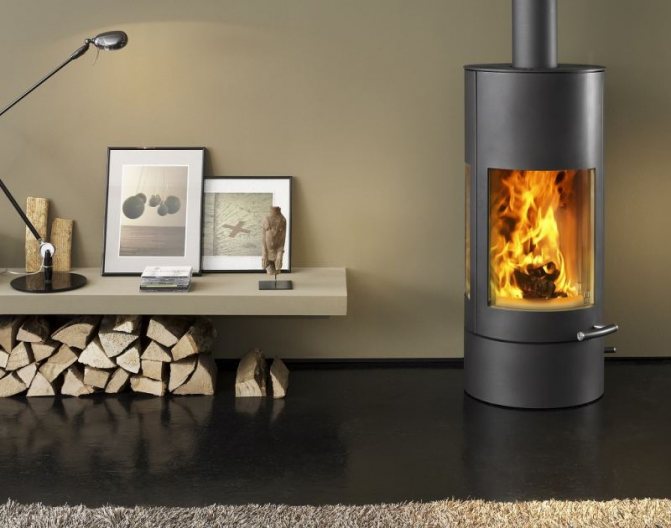

Benefits
The heating metal stove has a lot of positive qualities:
- high strength of the material and pliability to processing;
- high efficiency;
- affordable cost;
- ease of self-manufacturing;
- mobility. A metal oven is usually a separate structure that can be moved to another location if necessary;
- effective heating of the room due to the high thermal conductivity of the metal;
- metal cannot damp, which is important for bricks with infrequent use.


Types of iron stoves for summer cottages
Modern stoves that run on wood and are made of metal bear little resemblance to a "potbelly stove". Metal stoves for the home are usually divided into two groups:
- Classic ones that work on a direct combustion system.
- Heating, designed for long burning.
This or that system can be present in steel ovens, which are designed for cooking or heating. There are a large number of such ovens on the market, among them the following are worth noting:
- The bell-type stove is a heating stove, it uses the principle of convective movement of gases that move through the channels and then go out into the chimney. Instead of the hob, an open oven is installed, which is located directly under the hood. This helps keep food hot for a long time. The firewood is loaded horizontally; the firebox door is made of fireproof glass.
- Direct combustion furnace. Most often these are small-sized models, for example, Thermofor or Cinderella. The design performs two functions at once - it heats the room and helps in cooking. The thermal power of such a "baby" is 4 kW or a little more, which allows you to heat a room up to 50 m2. There are models that are equipped with electricity generators, which increase the voltage generation and power of the furnace. For example, the Indigirka cooking stove, which runs on wood, and not only heats the house, but is also suitable for charging gadgets.
- Gas generating furnaces. Perfect for summer cottages, since the structures are economical and compact in size, have a high level of efficiency, which reaches 80%. For the long-term operation of this type of stove, it is necessary to equip the chimney and heat it with high-quality wood. Gas-generating stoves work due to the fact that firewood (or another type of fuel) is loaded into the combustion chamber, ignited, and then the door is closed. Fresh air flows through the telescopic pipe, which sinks lower when the amount of firewood decreases. The air supply process is regulated by a damper. The kiln has an average life of three days. If the gas generating stoves have a water heating mode, you can save on the use of firewood.
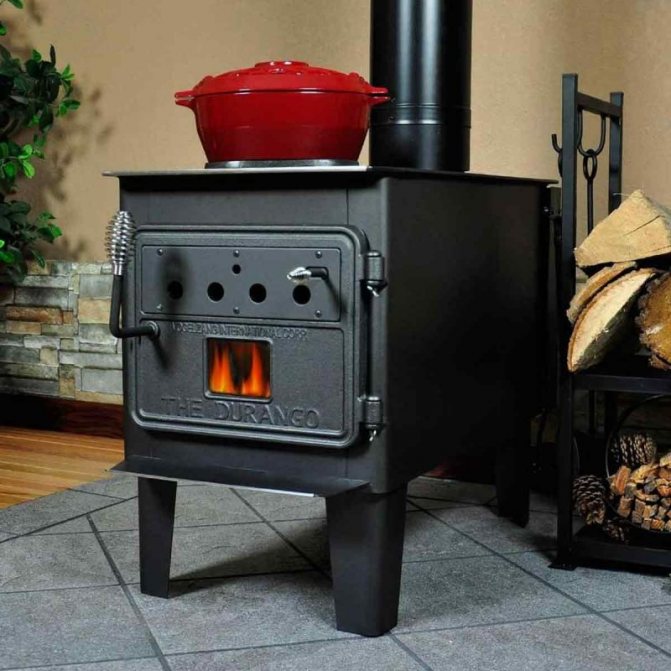



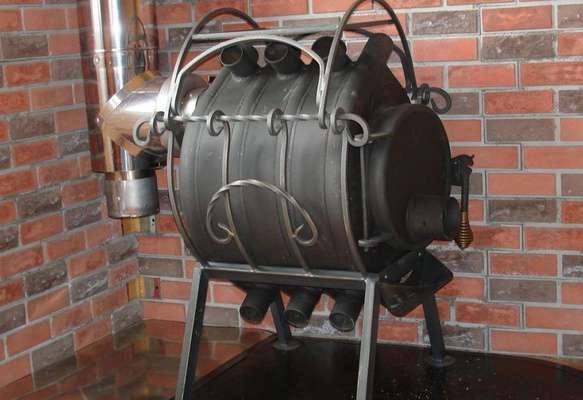

disadvantages
But, despite the advantages of metal, such furnaces also have some disadvantages:
Unlike brick ovens, metal walls do not "breathe". The brick absorbs moisture, and in the process of heating it gives it back to the room. Therefore, in rooms with metal stoves, the level of humidity decreases.
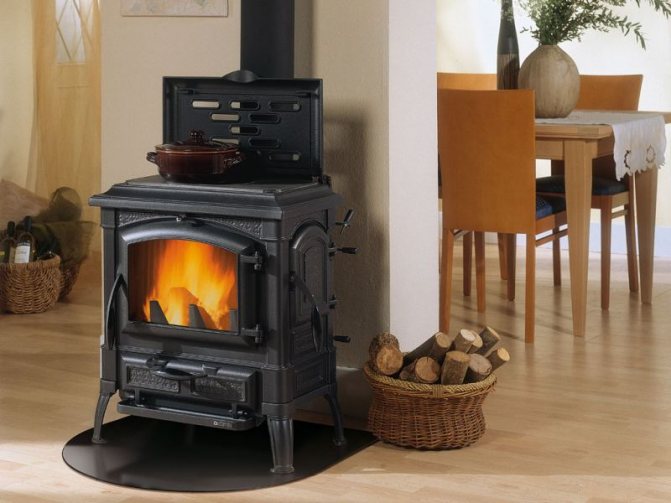

Lower heat capacity. The metal oven cools down quickly. Brick analogs stay hot longer, continuing to heat the room.Alternatively, you can make a metal oven with bricks.
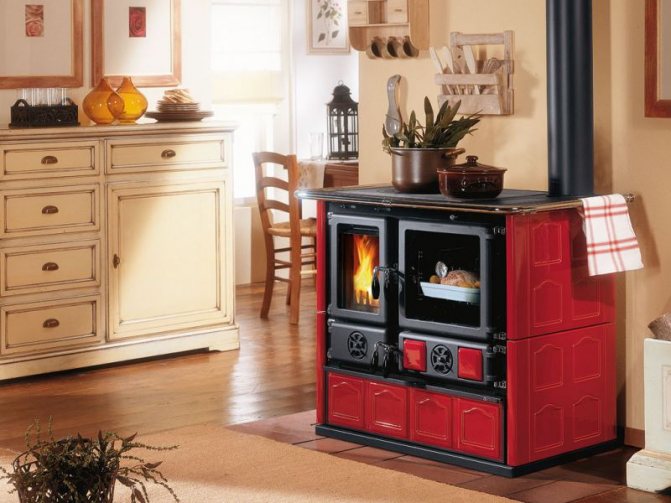

In this case, a metal stove is built into a brick structure. This allows you to combine the positive properties of both materials, but at the expense of mobility.
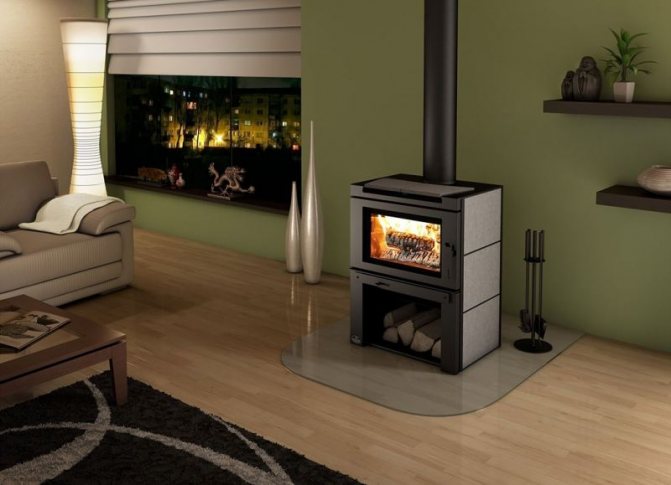

Overview of the most popular models
Having figured out the functionality and the required performance, the home owner is faced with the problem of choosing a manufacturer and a specific model. You can entrust home heating only to reliable companies that have long and successfully competed in the heating equipment market. Imported models are usually more expensive, but of better quality than domestic counterparts. Russian stoves are attractive for their price.
Heating stoves and fireplace stoves
These structures are easy to install, they warm up the house quickly and efficiently. The difference between a metal fireplace and a stove is in a transparent door that allows you to admire the view of the fire. Models with heat-resistant glass are more expensive than stoves with opaque doors, but they look better in the interior. Most Popular:
- Vesuvius 150 cz. Economical domestic model with coil lining. The stove is made of high quality steel with a thickness of 5 mm. The convenient ash drawer is designed so that it can be cleaned when the oven is heated. The door is cast iron, with glass, with self-cleaning and self-cooling systems. The top of the model gets very hot, so it can be used as a hob if desired.
- Termofor-Butakov-Engineer. The model is equipped with a cast-iron door with glass and a stainless steel protective shield. Screens are less durable than the entire structure as a whole, and periodically need to be replaced, because burn out, but they protect the boiler convection pipes well. The stove is fired with coal. Manufacturer - Russia.
- THORMA Borgholm Keramik 950. Manufacturer - Slovakia. Furnace efficiency - 79%. The model is faced with tiles, very beautiful, practical and durable. The furnace is lined with chamotte and equipped with a firebox.
When choosing a stove, pay attention to the products of the La Nordica and Jotul brands. Each model of these brands is a real work of art. Cast iron elements are often stylized as forging, heat-resistant glass looks thin and weightless. The exterior cladding is invariably beautiful: the designers are especially careful to work out the decorative elements.
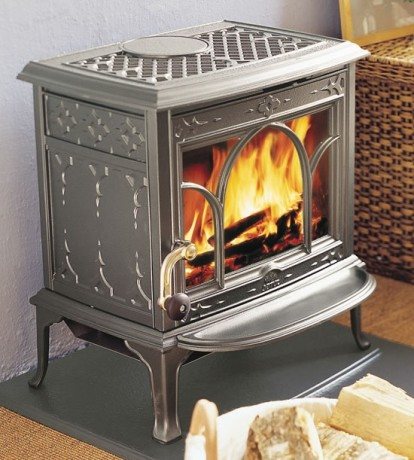

Jotul F100BP metal wood burning fireplace - exquisite design, sophisticated decor, high efficiency
Heating and cooking ovens
Food cooked on a live fire always tastes much better than on gas. If you are installing a wood-burning stove for heating, it makes sense to choose a model with a hob. You can recommend the following:
- Nordika Izotta. A unique model that combines the functions of a fireplace stove and a cooking stove. The increased volume of the firebox allows you to heat the room up to 280 m3. The body and the hob are made of cast iron. The stove is aesthetic, reliable and multifunctional.
- Fire battery 7. Manufacturer - Russian. The compact model is equipped with a spacious firebox, a two-ring burner, and looks stylish. A well thought-out design allows you to achieve maximum efficiency of the furnace at a rather modest size. The intensity of combustion can be adjusted. The chimney is connected to both the top and the back wall.
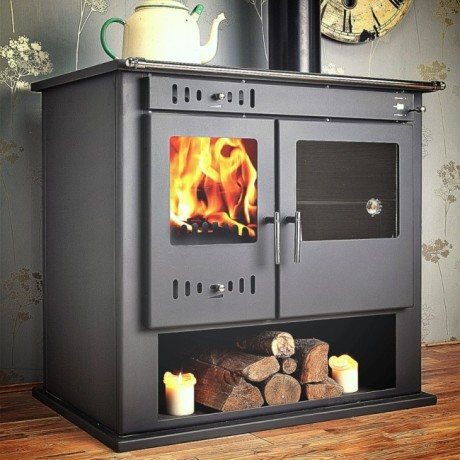

Heating and cooking stove with oven and wood-burning stove. Transparent door allows you to observe the fire and control the combustion process
Solid fuel metal stoves are the choice of people who want to equip autonomous heating systems. Structures can be installed in any premises. They are safe, reliable and will last for a long time.Choosing a model with a hob will help you get the most out of your fuel - for both heating and cooking. Take a closer look, decide, buy. May it always be warm and cozy in your home!
Metal selection
If you plan to make a metal stove with your own hands, you should take care of the choice of material in advance.


Different metals differ significantly in physical and chemical properties, which directly affects the quality of work and durability of the furnace.
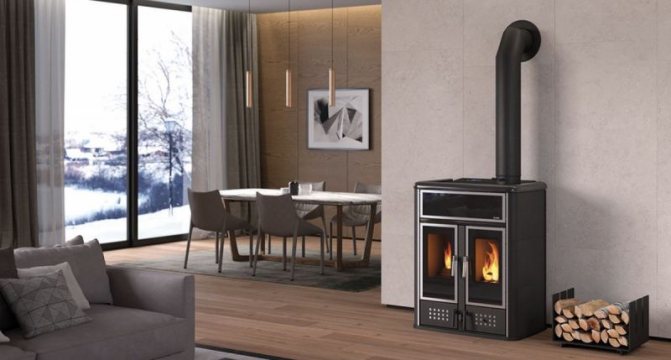

In the photo of metal stoves, you can see different models made from different materials. When choosing a metal, first of all, one should take into account its properties, specific needs and operating conditions.
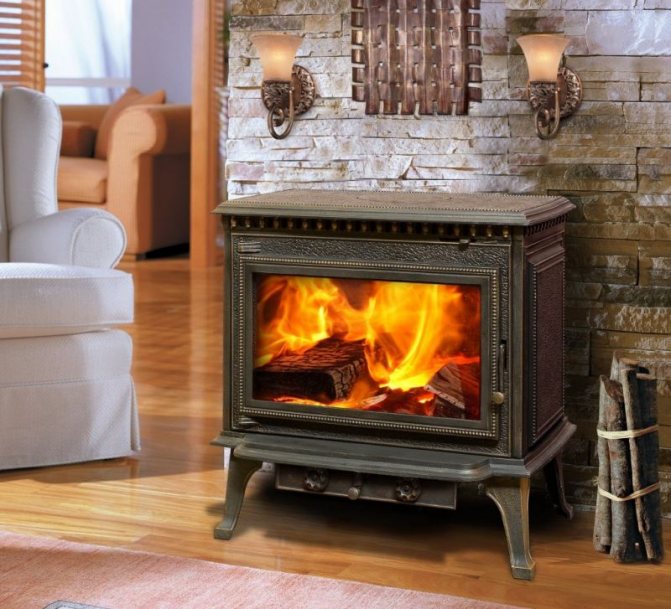

How to choose a stove for a wooden or country house
The walls of a house made of wood have less thermal conductivity than similar ones made of stone or concrete. A low-power metal stove is perfect for a wooden house. For a wooden house, you can purchase a steel or cast iron product. The power calculation should be made based on the heated area.
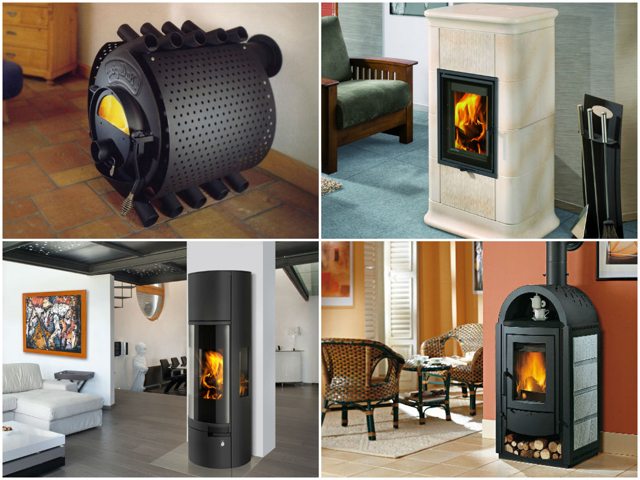

Stove for a wooden or country house
To install on a wooden floor, you must choose a product with special legs. Installation can be carried out both in the middle of the room and against the wall. Before installation, it is necessary to equip the wall with a heat-resistant screen. The stove is connected to the chimney. The best option for a wooden house would be to use a corrugated chimney.
For country houses, you should choose products with a power sufficient to warm up the room. A compact metal stove will provide uniform heating of a small house. A good option for a country house would be to purchase a long burning device. This will eliminate the need for frequent fuel loading. You can purchase a stove with a built-in hob and oven.
Aluminum alloys
Aluminum alloys are generally not used to make furnaces. Some craftsmen make such ovens from milk cans. The only advantage of such a can is its large capacity, sufficient for the oven.


But, unlike steel, aluminum has a significantly lower melting point. It starts to melt at 660 ° C.
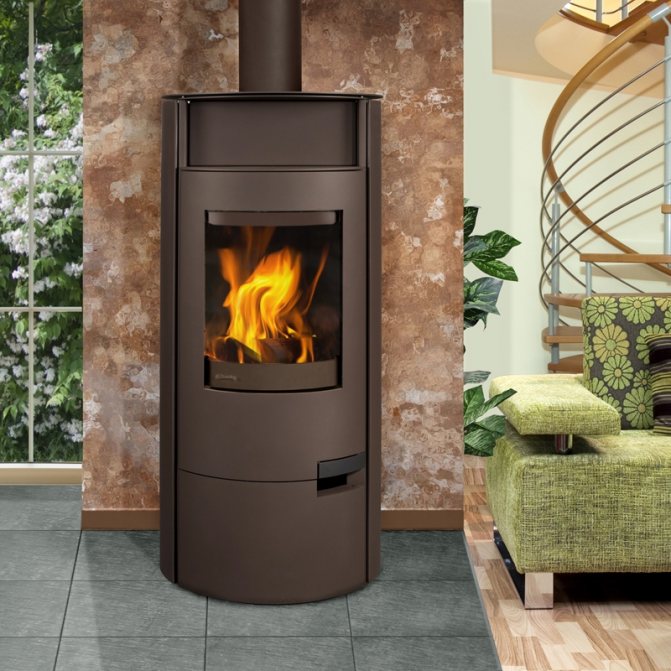

To effectively burn a tree, you need a temperature of 400 ° C. And in order to exclude the formation of harmful gases, it is necessary to ensure a temperature of 600 ° C. Accordingly, aluminum is not suitable for making ovens.
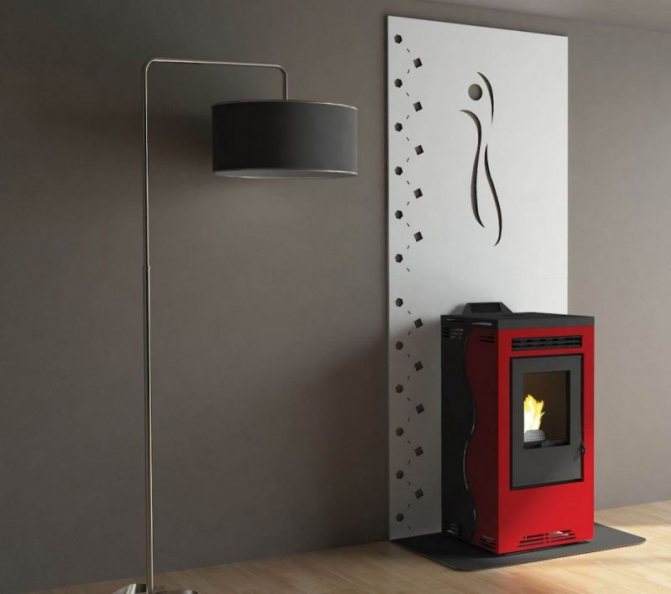

Steel production in open-hearth furnaces
Obtaining steel is associated with the oxidation and smelting of materials containing iron. One of the methods of steel production is open-hearth production. What are its benefits? The production of steel in open-hearth furnaces is suitable for various production scales. In addition, the requirements for the raw materials are less stringent, and the quality of the resulting steel is high. At the same time, the control of the course of the melt is not difficult.
I wonder how the idea of producing steel in open-hearth furnaces came about?
The preconditions for the open-hearth method appeared in 1856. The opinion that cast iron can be transformed into steel in a fired furnace was expressed by the German scientist F. Siemens. And P. Martin (after whom the method of steel production was named), not only built, but also put into operation the first regenerative furnace with a reflective effect. Cast steel was melted in this furnace. And in Russia, the Goryanov brothers developed the technology for melting on liquid iron. The open-hearth process began to develop at a rapid pace from the end of the 19th century, and already at the beginning of the 20th century it became the main steelmaking production. In the middle of the 20th century, with the advent of the oxygen-converter method of steel production, open-hearth production fell into the background.
What is the essence of the open-hearth process?
The open-hearth process can be divided into periods.
Refueling the furnace. At this stage, the working condition of all elements of the process is maintained, namely: refractory materials such as crushed dolomite and magnesite powder are thrown. In this case, the hearth is inspected properly after the slag and metal have been discharged from the furnace. If necessary, problems are corrected.
Filling and warming up the charge. The charge is filled with a special filling machine. The supply of solid charge substances to the furnace is carried out. Before pouring liquid iron, the furnace is thoroughly warmed up for 1.5 hours.
Pouring liquid and solid iron. At this stage, cast iron is poured for 20 - 60 minutes.
Cast iron melting. To melt cast iron, fuel is supplied to the open-hearth furnace and oxygen is purged. This process is accompanied by the appearance of slags as a result of oxidation. To ensure that the slags do not interfere with the transfer of heat to the metal, some of them are removed from the furnace. For this, a slag bowl is lowered.
Launching. The essence of the refinement stage is to bring the resulting steel to the desired chemical composition. For this, the metal must be heated to a certain temperature and to the boiling point. At this moment, the oxidation of carbon in the metal occurs, the rate of which is regulated by introducing various fluxes into the bath.
Boiling. Boiling can take place in two ways. In the first case, various fluxes are added to the metal bath during boiling. The second option is pure boiling, that is, the oxidation of carbon proceeds without the addition of additional elements. It is at the moment of pure boiling that the steel acquires the necessary chemical properties. The boiling process lasts from 1 to 2.5 hours.
Deoxidation and alloying. At this final stage, the amount of oxygen contained in the steel is adjusted and alloying substances are introduced. The addition of certain substances depends on the grade of the steel being smelted.
Metal tapping from the furnace. Metal tapping from the furnace is carried out through a hole that is punched in the back wall of the vessel using a jet of oxygen. This process lasts a maximum of 20 minutes.
What are the elements of an open-hearth furnace?
An open-hearth furnace consists of: a working space, a head, vertical channels, slag, regenerators, hog, reversing and control valves, utilizers, gas cleaning and chimney.
The steel obtained by the open-hearth method is of high quality.
Plain steel
The thermal resistance of ordinary steel is limited to 400 ° C. Usually, a material with a thickness of at least 4 mm is used.
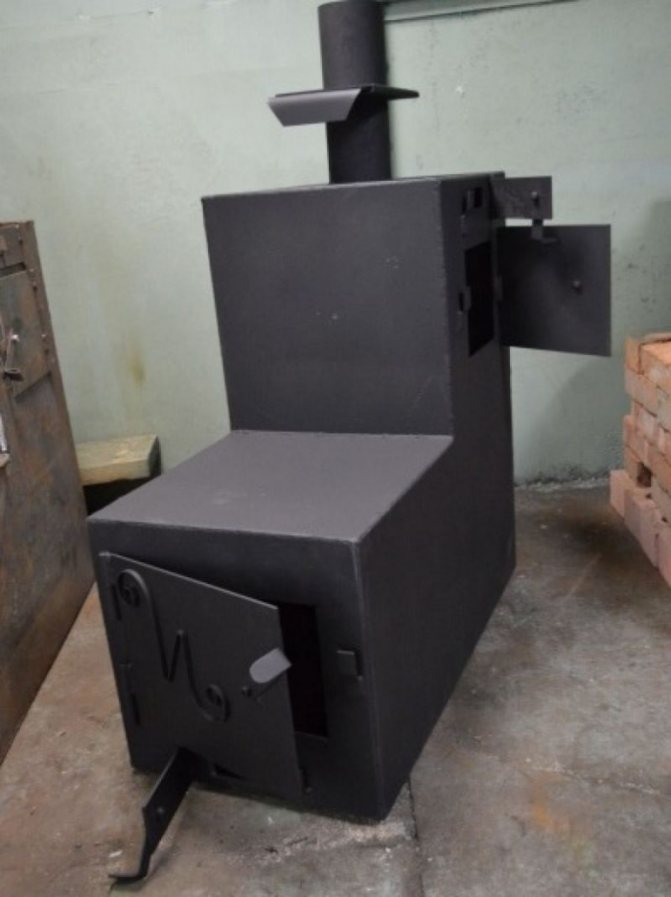

But, if the oven is to be used every day, this material will not work. With daily use, a plain steel stove will last no more than 1 season.


Stove-stove - types, scheme of work, advice on choosing, prices and installation features (135 photos)- Heating and cooking stove - projects and drawings of the best brick heating and cooking models (100 photos)

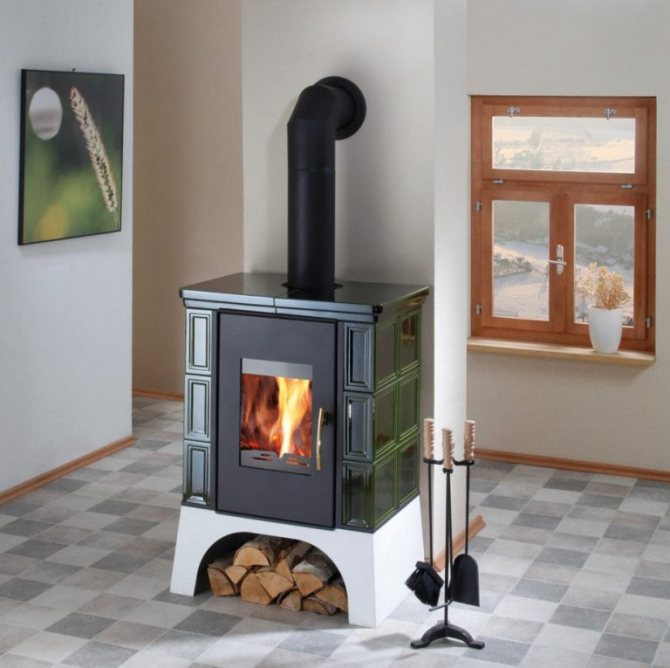
Stove with water heating - the best stoves and circuits with a water circuit. Tips for choosing and installation features with your own hands (95 photos)


Cast iron
Cast iron is also suitable for making a metal furnace. It is very fragile.
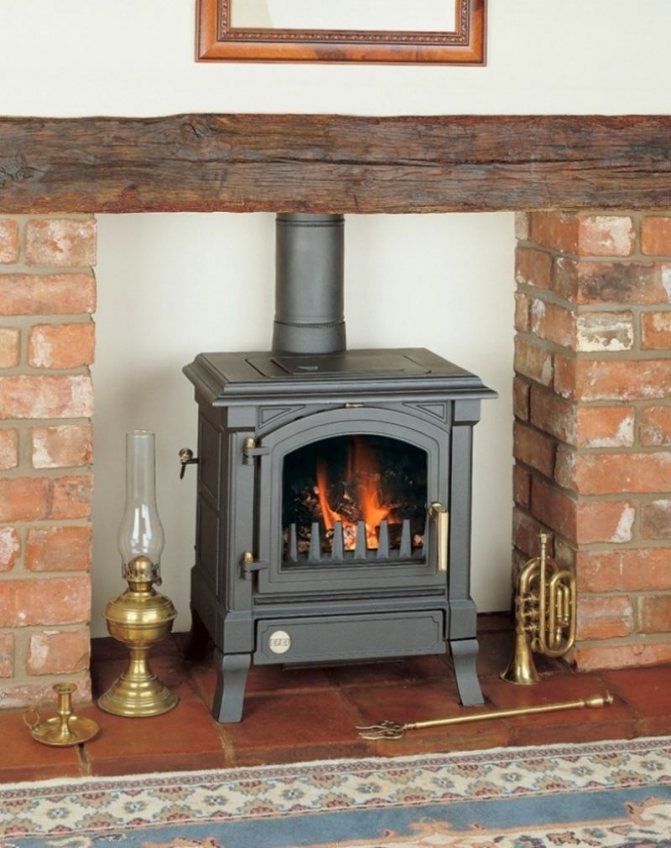

In terms of thermal conductivity, it is somewhat inferior to steel. But, at the same time, it has a significantly higher heat capacity. Therefore, the cast-iron stove will continue to heat the room for some time (about 3 hours) after the combustion process stops.
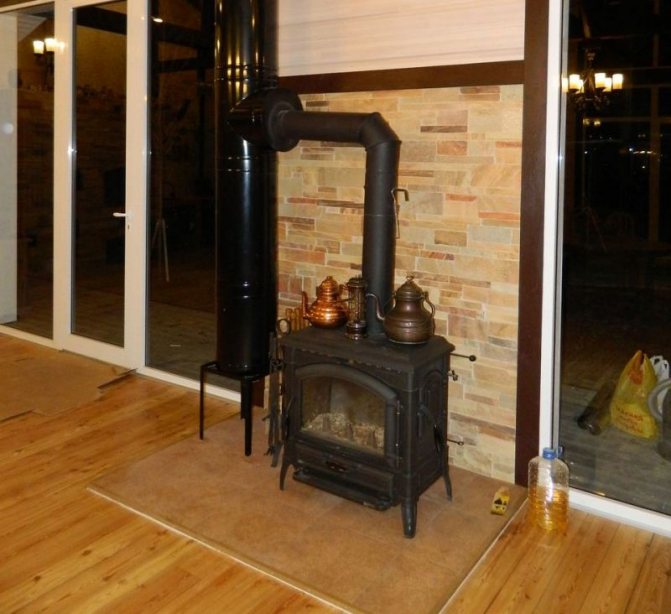

Cast iron metal furnaces are made from a material with a thickness of 6-25 mm. These are very heavy structures. As a rule, they are used to heat compact rooms.
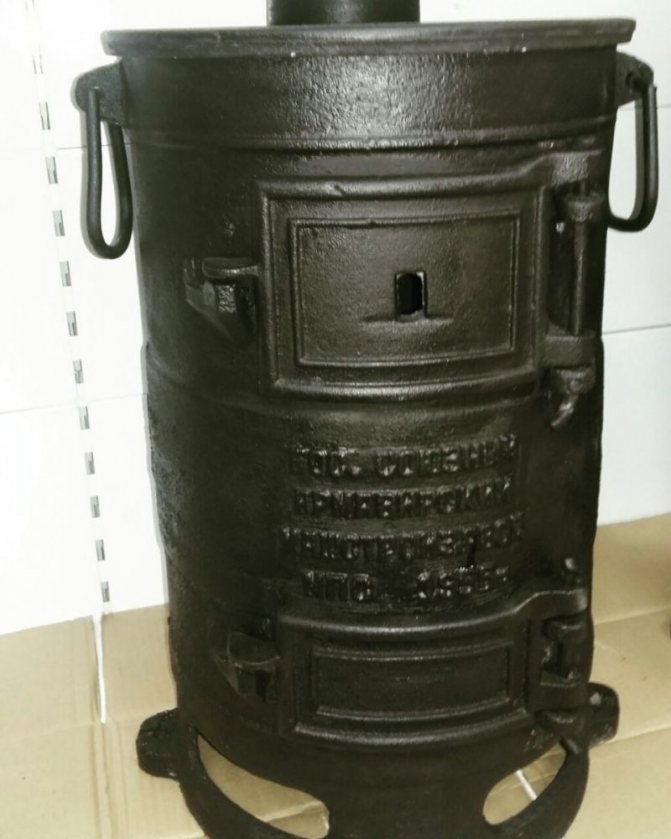

Due to its low thermal conductivity, cast iron is not able to heat large spaces, but is well suited for small spaces due to its high heat capacity.
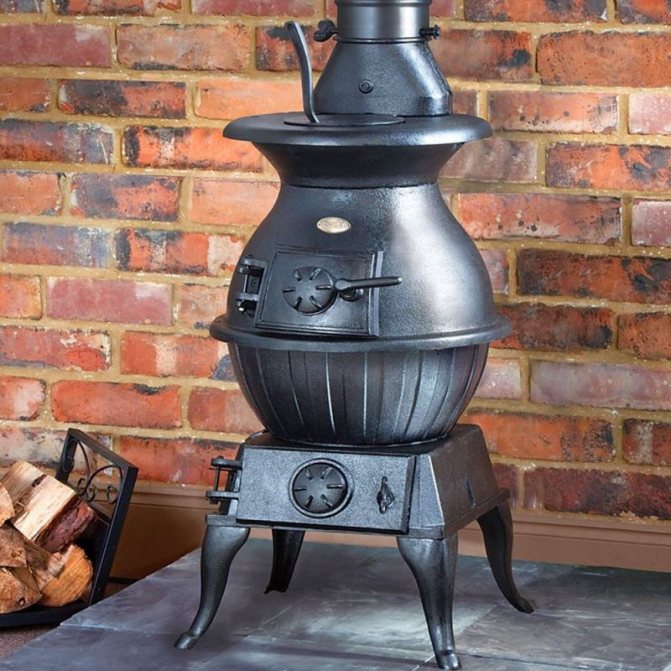


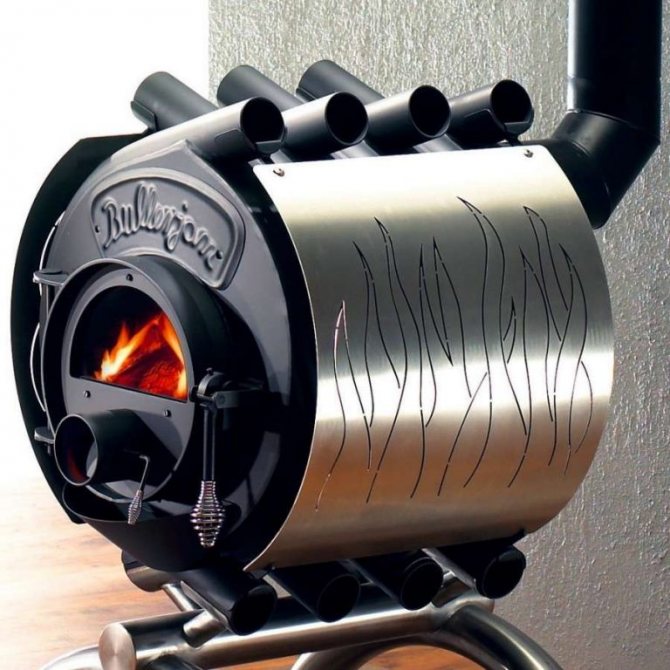
Buleryan stove - pros, cons, nuances of choosing a design and its use in a heating system (145 photos)

Stoves for home: TOP modern options for heating stoves. 125 photos and videos of the best ovens for home
- Long burning stove - the best models and their use in heating systems of country houses and summer cottages (95 photos)
Cast iron does not "breathe", but in terms of chemical resistance it is close to ceramics. In comparison with steel counterparts, cast iron stoves do not deteriorate with prolonged disuse.
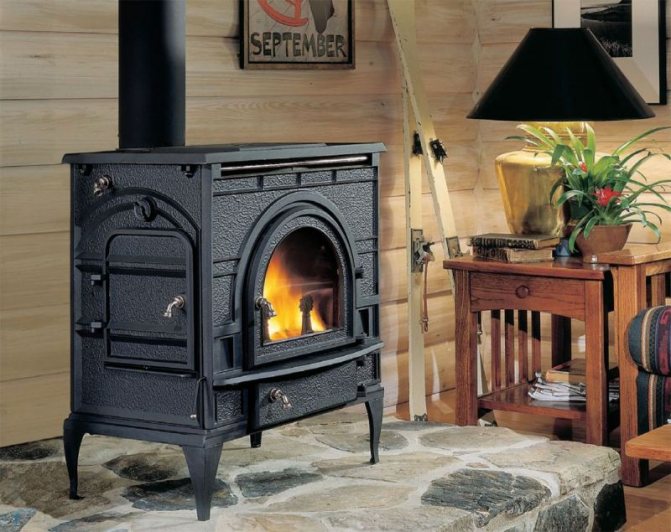

As a rule, greenhouses, rabbitries, poultry houses and similar utility rooms are heated by means of cast iron stoves.
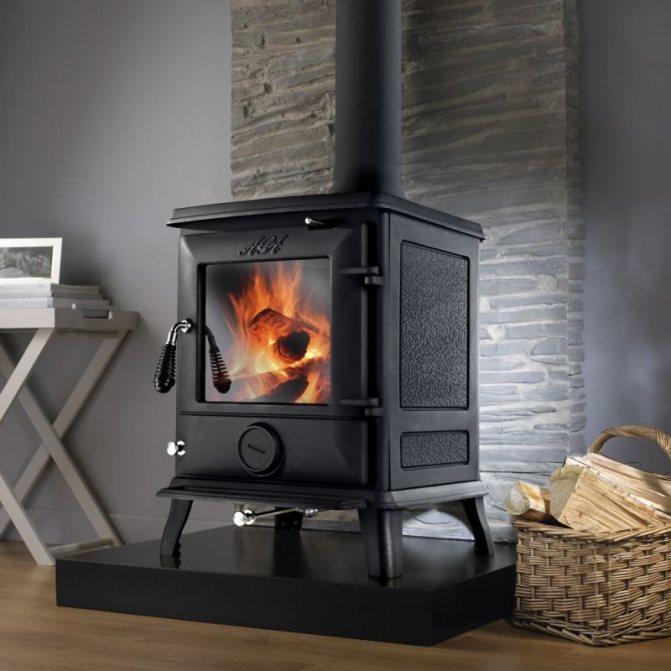

Steel Wood Fired Stove Upgrades
Home-made "stoves" can now be found only in someone's garage or in another utility room. These simplest direct-burning stoves burned wood at a terrible speed, throwing most of the heat into the chimney. For this reason, people who use "stoves" tried to make the horizontal section of the chimney as long as possible, passing it through the entire room. The goal is to take away the maximum heat from the combustion products that fly out of the wood-fired stove with a temperature of 400-500 ° C.
Nowadays, every modern stove for heating a private house is a little like a "potbelly stove", as it is equipped with a decorative protective casing with openings for air, or the body of the combustion chamber is surrounded by air duct pipes. There are reasons for this, the first - the high surface temperature makes the heater dangerous for living quarters, where people and children are constantly present, who can accidentally get burns. In addition, a hot metal surface produces a powerful heat flux that exceeds the norm. The casing receives hard radiation on itself and, when heated, transfers heat to the air in the room.
Due to the introduction of new technical solutions, the designs of wood-burning stoves have also changed. In short, the changes are as follows:
- The supply of fresh air for combustion into the furnace is now regulated.
- Several partitions are arranged above the combustion chamber, due to which the flue gases can no longer fly straight into the chimney. First, they give off their heat by making several moves inside the heater and bending around these partitions.
- To increase the service life of their products, many manufacturers lining steel furnaces with refractory bricks.
- Afterburning of the evolved pyrolysis gases is organized.
- A steel or cast iron hob is installed.
- In some models, heat exchangers are installed to heat water for the needs of hot water supply.
- An innovative solution has been implemented - a simple wood-burning stove generates electricity.
Photos of metal furnaces
Did you like the article? Share


0

